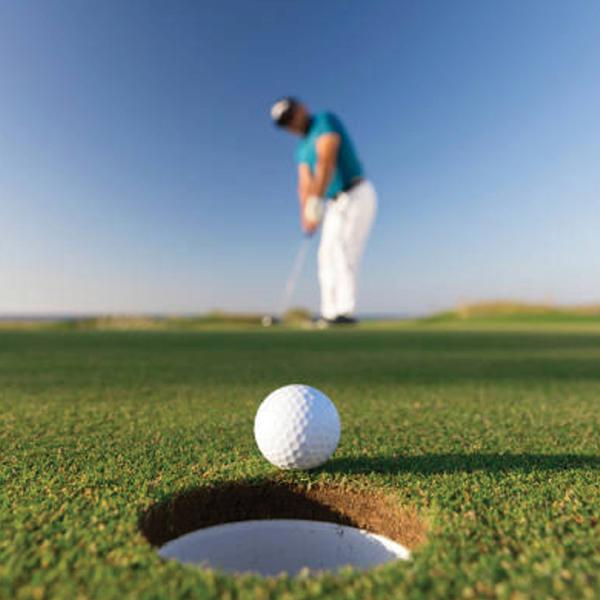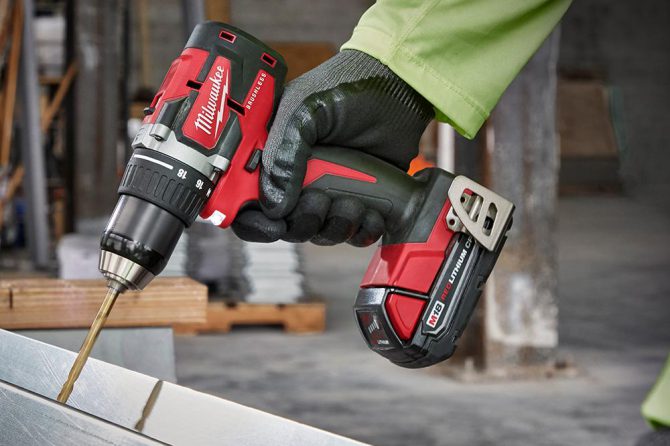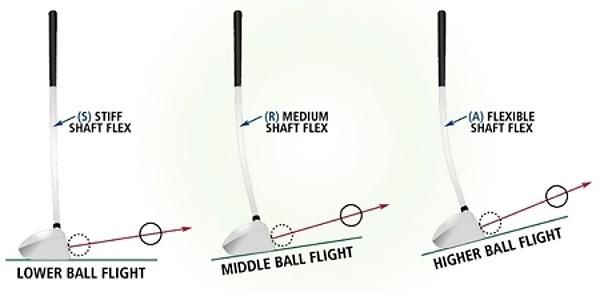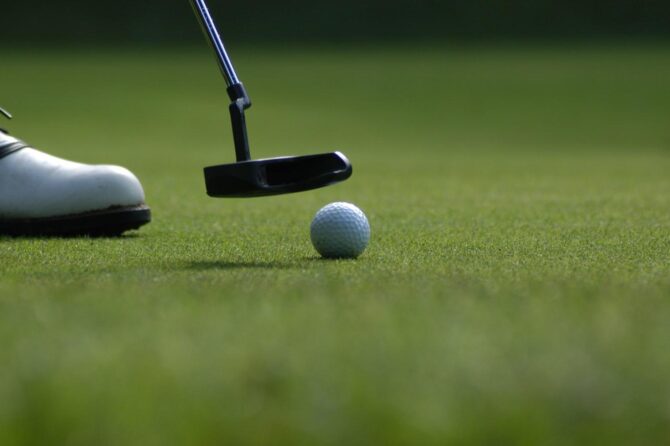How Cold Weather Chills Golf Ball Performance
As temperatures dip, golfers must contend with the unique challenges of cold weather on their shots. From reduced distance to unpredictable trajectories, cold conditions can significantly impact golf ball behavior. To optimize performance, understanding the effects of low temperatures on golf balls is crucial. This article delves into the scientific principles behind how cold weather influences ball flight and offers tips to mitigate these effects on the course.
– How Cold Weather Impacts Golf Ball Distance and Trajectory
How Cold Weather Unravels Golf Ball Performance
When temperatures plummet, golfers must brace themselves for an altered golfing experience. Cold weather exerts a significant influence on the distance and trajectory of golf balls, making it crucial to adjust one’s game to accommodate these changes. Here’s how the cold’s icy grip affects the flight of your shots:
Shorter Distances: The density of the air increases as temperatures drop. This effectively creates a thicker medium that golf balls must travel through, reducing their overall distance. On average, each 10-degree Fahrenheit decrease in temperature can lead to a loss of 2 to 3 yards off the tee.
Lower Ball Flight: Cold weather also lowers the trajectory of golf balls, making them fly on a flatter path than usual. The increased air density provides more resistance, forcing the ball to stay closer to the ground. As a result, carry distances may be shorter than expected, especially with longer clubs.
* Reduced Spin: The rubber cores of golf balls become stiffer in cold conditions, reducing their ability to spin. This loss of spin further contributes to lower ball flight and reduced distance. A good rule of thumb is to expect around 10% less spin per 10-degree decrease in temperature.
Optimal Golf Ball Selection for Cold Weather
To mitigate the effects of cold weather, consider selecting golf balls specifically engineered for these conditions. Low-spin balls excel in cold environments by minimizing spin loss and promoting a higher trajectory. Balls with softer cores also increase distance and spin in cold weather due to their increased flexibility.

– Optimizing Ball Selection for Cold Conditions
While golf is a game that can be enjoyed all year round, there’s no doubt that the cold weather can take a toll on your game. One of the most important factors to consider when playing in cold conditions is the type of golf ball you use.
There are a few key things to keep in mind when choosing a golf ball for cold weather play.
- First, you’ll want to choose a ball that has a low compression rating.
- Lower compression balls are softer and easier to compress, which will help you to generate more distance in the cold weather.
- Second, you’ll want to choose a ball that has a durable cover.
- The cold weather can wreak havoc on golf ball covers, so it’s important to choose one that can withstand the elements.
if you’re playing in icy conditions, you might want to consider using a ball with a dimpled cover. Dimples help to reduce the amount of spin on the ball, which can help to keep it from skidding or bouncing off the ice.
| Ball Type | Compression Rating | Cover Durability |
|---|---|---|
| Titleist Pro V1 | 70 | Excellent |
| Callaway Chrome Soft X | 65 | Good |
| Srixon Z-Star XV | 60 | Excellent |
| TaylorMade TP5 | 60 | Good |
- Adjust Your Swing for Enhanced Performance in the Cold
Adjust Your Swing for Enhanced Performance in the Cold
To compensate for the decreased distance and reduced ball trajectory caused by cold weather, you need to make some adjustments to your technique. Here’s how to do it:
- Increase Your Club Speed: Since the ball will not travel as far in cold weather, you need to increase your club speed to make up for the lost distance. Swing the club faster and make sure you’re making a full, fluid motion.
- Make a Low Sweeping Motion: With the ground harder and less forgiving in cold weather, it’s best to make a low sweeping motion with your swing. This will help you avoid hitting the ball too high and losing distance.
- Use Clubs with More Loft: Cold weather makes the ball behave as if it has less backspin. To compensate, use clubs with more loft, which will help generate more backspin and keep the ball in the air longer.
- Adjust Your Follow-Through: When playing in cold weather, it’s easy to let your hands drop or your body stop rotating through impact. Make sure you finish your follow-through and rotate your body all the way through, or you’ll lose some distance and accuracy.
– Maintaining Golf Ball Performance in Wintery Environments
Cold weather can have a significant impact on the performance of your golf ball. The decreased temperature can cause the ball to lose its elasticity, making it harder to hit and travel shorter distances. The cold can also increase the ball’s spin, leading to less consistent shots.
In addition to the temperature, the type of golf ball you use can also affect its performance in cold weather. Two-piece balls are generally more affected by the cold than three-piece balls, and balls with a softer cover will lose less distance than balls with a firmer cover.
If you’re playing golf in cold weather, there are a few things you can do to help maintain the performance of your golf ball. First, warm up your ball before you hit it. You can do this by putting it in your pocket or keeping it in a warm place. Second, try to avoid hitting the ball into the wind. The wind will slow the ball down and cause it to lose distance.
if you’re playing on a course with hard greens, use a ball with a softer cover. This will help to reduce the amount of spin on the ball and give you more consistent results. Also, keeping a spare ball warm in your pocket, allows you to switch out rapidly.
| Ball Type | Effect of Cold Weather |
|—|—|
| Two-piece | Decreased elasticity, increased spin |
| Three-piece | Less affected by cold, more consistent performance |
| Soft cover | Less distance loss, more spin |
| Firm cover | More distance loss, less spin |
understanding the effects of cold weather on golf balls is crucial for maintaining optimal performance on the course. By adjusting your expectations and making necessary equipment changes, you can minimize the impact of these conditions and continue to enjoy the game during the colder months.





